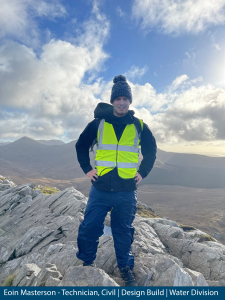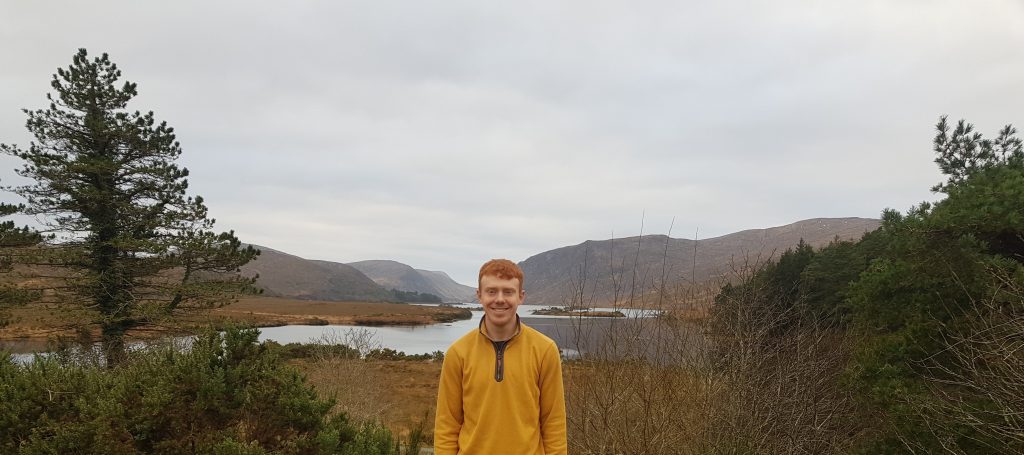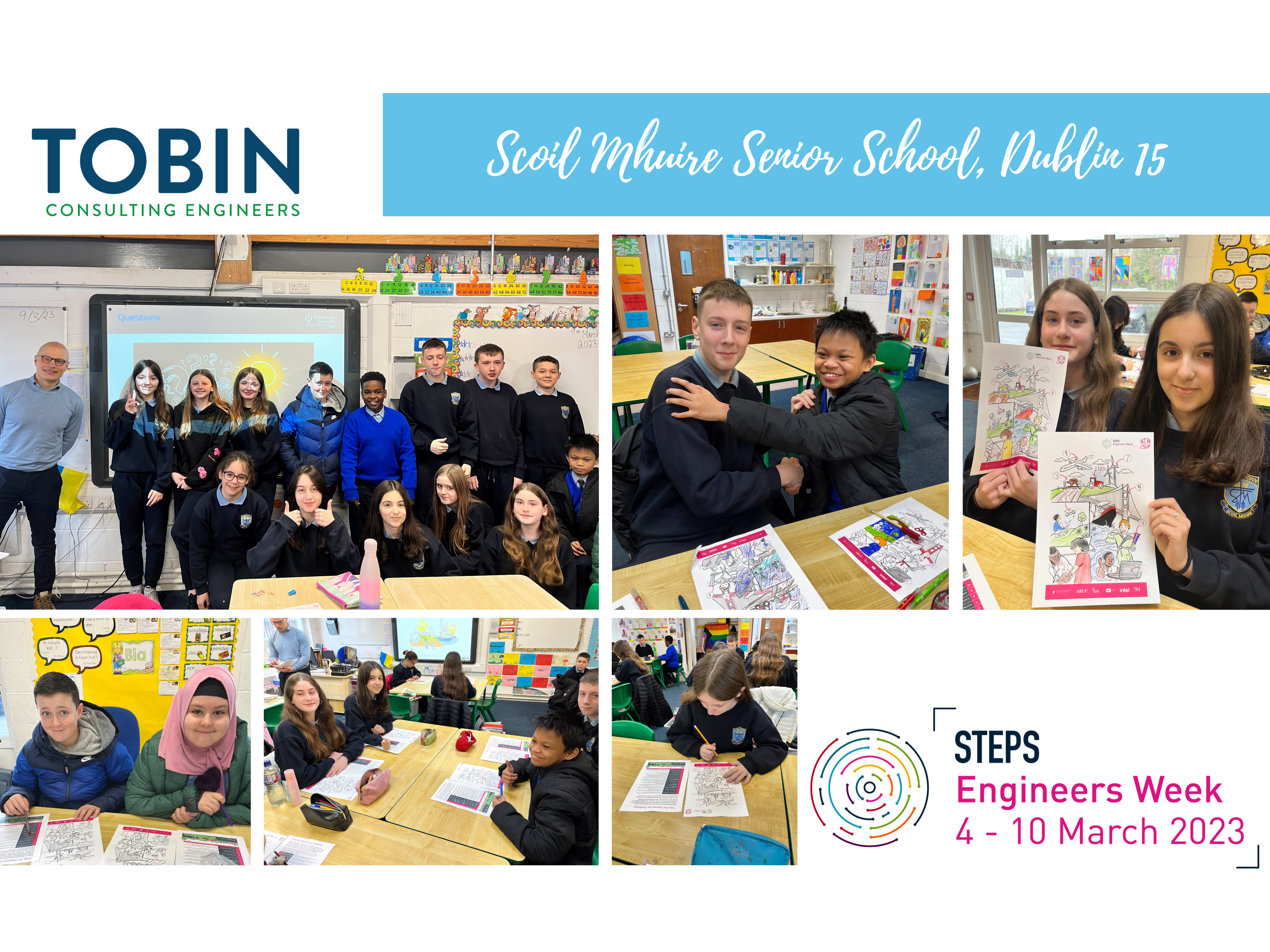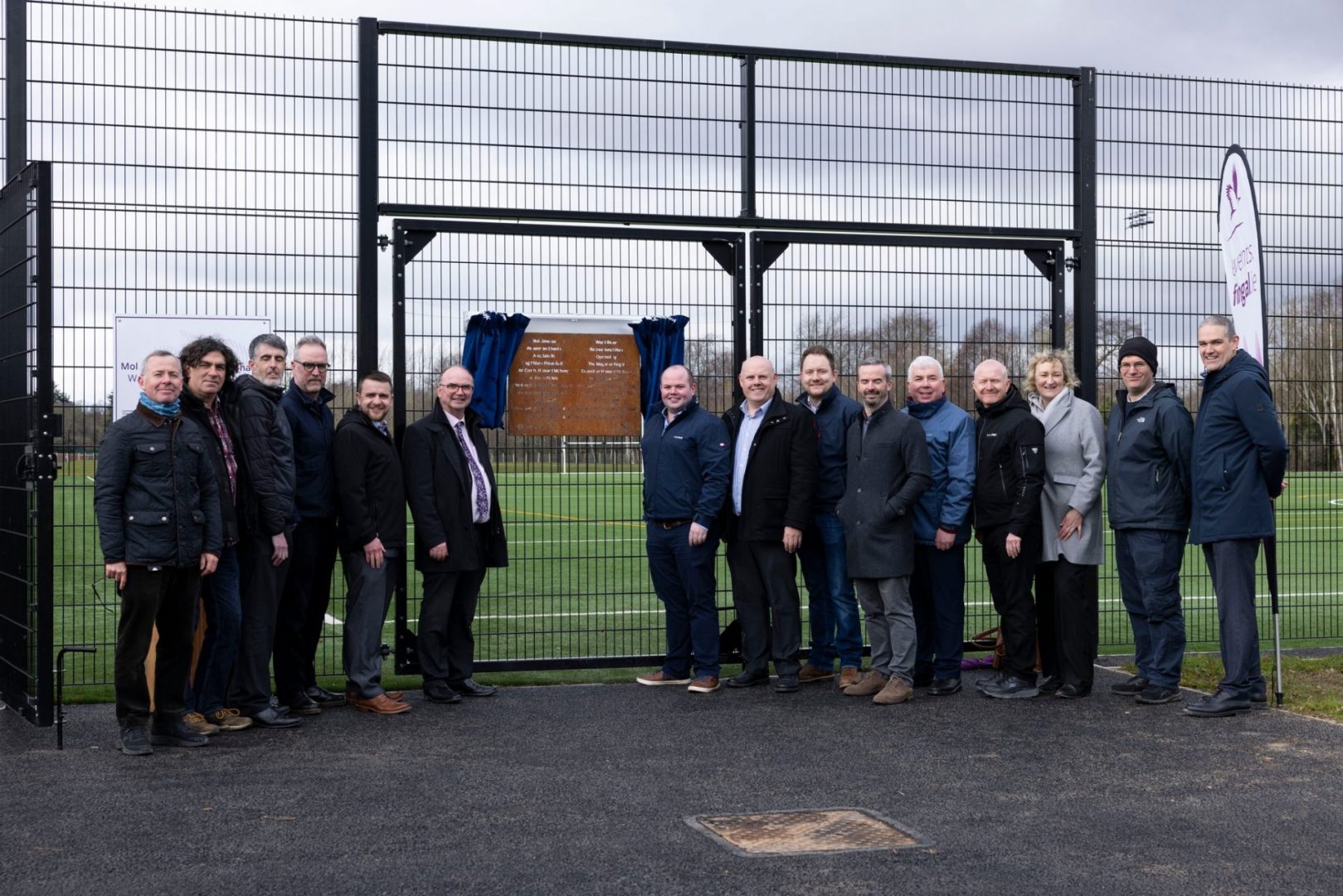TOBIN and Manchester-based wayfinding company, Placemarque, is working with the National Parks and Wildlife Service (NPWS) to update and unify the signage in all six of Ireland’s national parks.
Together with Wood and Wood (sign manufacturers) and Placemarque (sign designers), TOBIN Consulting Engineers are working to enhance visitor experience by delivering a coordinated branded signage strategy covering Glenveagh, Wild Nephin, Connemara, The Burren, Killarney, and Wicklow Mountains national parks, in addition to Coole Park, Co. Galway (a separate forest amenity managed by NPWS).

The national parks encompass nearly 60,000 hectares of natural and built heritage and attract millions of visitors a year, but a lack of a consistent and distinctive signage strategy means that visitors often don’t realise that they are even in a National Park.
TOBIN recently completed the comprehensive audit of existing signage across all six national parks, involving the location, measurement, photographing and geotagging of 1623 existing signs. Based on this audit, Placemarque will set out the design artwork for new signage in all the parks, for everything from welcome signage and facilities to walking trails and car parking.
Placemarque founder, Sue Manley said:
The NPWS is wisely taking a strategic rather than piecemeal approach to signage across the six parks. In doing so, we’ll be able to create a uniform, branded signage system that enhances user experience, supports navigation and encourages people to get out into the countryside.
An added benefit of this project is that all signage will be dual language, to adhere to the Official Language Act which required equal use of Irish and English across state communications.
Wood and Wood, expert sign manufacturer, is project managing the nationwide signage overhaul.
Brian Gallagher, Technical Director with TOBIN said:
TOBIN are delighted to work with NPWS on this important project. This continues our strong working relationship directly with NPWS which goes back to the initial development of walking trails on Diamond Hill in Connemara National Park in the 2000s, a project that involved bringing in all construction materials by helicopter to mitigate risk to sensitive habitats and species.
One interesting aspect of the project is the involvement of one of our trail auditors, which continues a historical link. Peter Devenney (pictured below) joined TOBIN as a PEP Student from the University of Galway and carried out the audit of trail signage in Glenveagh National Park. Peter pointed out to me that his grandfather comes from the area and was heavily involved in the development of the amenities at Glenveagh National Park. Peter described this historical link as follows:
My grandfather, Peter Devenney, returned from New York in the 1960s and purchased some land in the small village of Glendowen. He married my grandmother, Nora, in St. Colmcille’s Church, Glendowen, where he opened a small shop and petrol station which also hosted the local post office. The plot of land he owned for farming was adjacent to the Glenveagh estate.
He eventually began working as a groundsman on the estate, then owned by Henry Plumer McIlhenny, while still running his small business. The estate would not become a public national park until the 1970s. He worked on the estate where he helped build the flagstone courtyard and maintained the access roads and trails. He would drive to work in the van he used for supplying his shop.
During the deer culling season he would return home from work with deer meat for dinner. A stag’s antlers still hang on the wall in his old house. He eventually left the job and settled down in the town of Glenties a few years later.
As is evident from this lovely story, Peter’s work neatly closes the circle on his family’s decades-long association with Glenveagh National Park.



